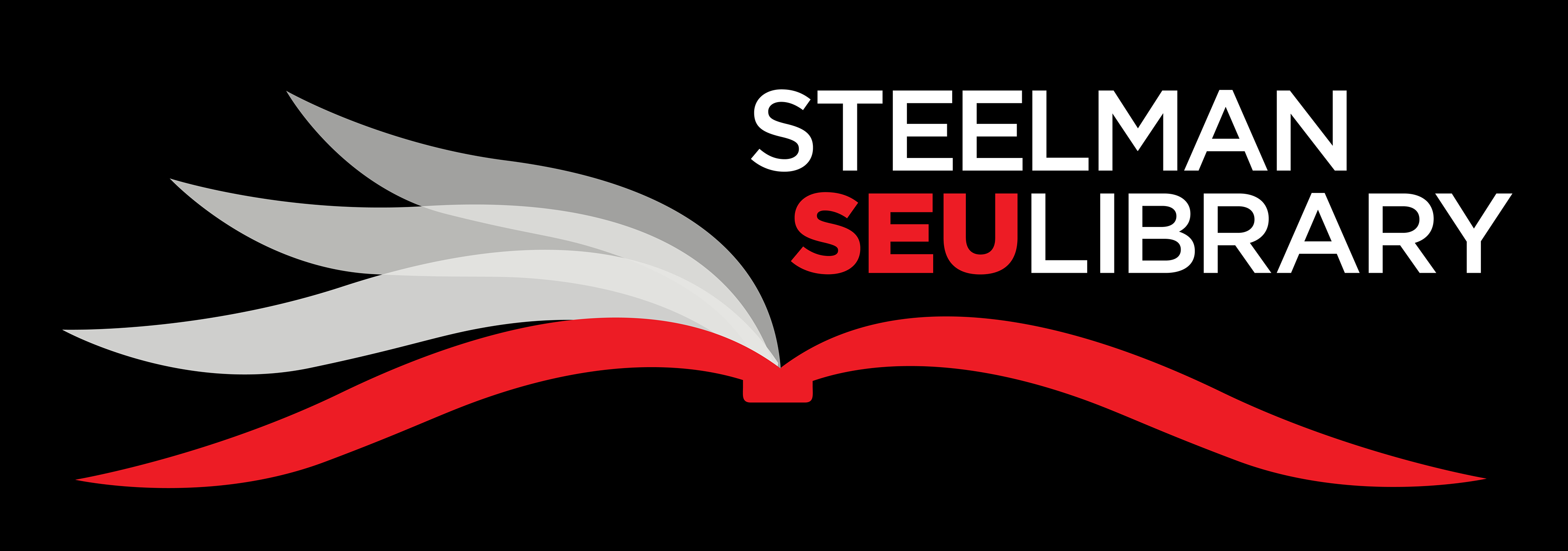Main, M. (2002). Attachment theory. In A. E. Kazdin (Ed.), Encyclopedia of psychology. Washington, D.C.: American Psychological Association.
Bibliography
Ainsworth, M. D. S. (1969). Object relations, dependency and attachment: A theoretical review of the infant-mother relationship. Child Development, 40, 969-1025.
Ainsworth, M. D. S., Bell. S. M., & Stayton, D. J. (1971). Individual differences in Strange Situation Behavior of one-year-olds. In H. R. Shaffer (Ed.), The origins of human social relations (pp. 17-57). New York: Academic Press.
Bowlby. J. (1958). The nature of the child’s tie to his mother. International Journal of Psycho-Analysis, 39, 353-373.
Bowlby, J. (1969). Attachment and loss: Vol. I. Attachment. London: Hogarth Press.
Bowlby, J. (1973). Attachment and loss: Vol. 2. Separation: Anxiety and anger. New York: Basic Books.
Bowlby, J. (1980). A secure base: Parent-child attachment and healthy human development. New York: Basic Books.
Cassidy. J., & Shaver, E’. R. (Eds.). (in press). Handbook of attachment: Theory, research and clinical applications. New York: Guilford Press.
Grossmann. K. E. & Grossmann, K. (1991). Attachment quality as an organizer of emotional and behavioral responses in a longitudinal perspective. In C. M. Parkes, J. Stevenson-Hinde, & P. Marris (Eds.), Attachment across the life cycle. London: Tavistock/Routledge.
Hesse. E. & Main, M. (in press). Frightened behavior in traumatized but non-maltreating parents: Previously unexamined risk factor for offspring. Psychoanalytic Inquiry.
Hinde. R. A. & Stevenson-Hinde, J. (1990). Attachment: Biological, cultural and individual desiderata. Human Development, 33, 62-72.
Main, M. (1995). Attachment: Overview, with implications for clinical work. In S. Goldberg, R. Muir, & J. Kerr (Eds.), Attachment theory: Social, development and clinical perspectives (pp. 407-474). Hillsdale, NJ: Analytic Press.
Sroufe, A. (1997). Psychopathology as an outcome of development. Development and Psychopathology, 9, 251-268.


